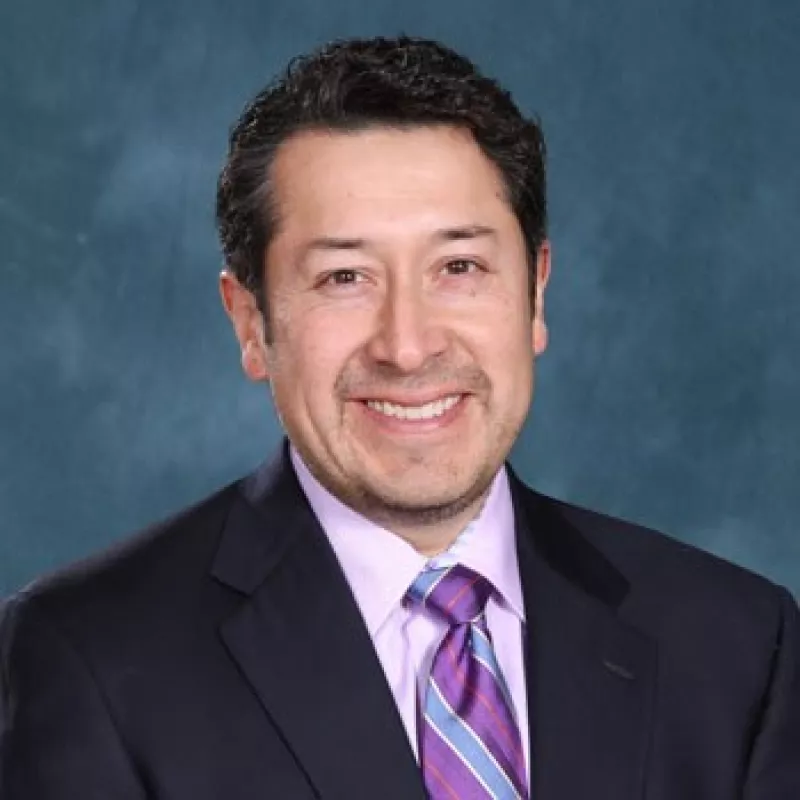ResourcesWebinar
How to engage physicians in value-based care
Posted:
Accountable Care
Population Health Management
Risk Management
Value-Based Care
AMITA Health is a Clinically Integrated Network with 4,400 physician members responsible for the care of 6.6 million patients in northeast Illinois through various attributed, value-based payer contracts.
As value-based payment models are increasingly transferring performance risk to providers, leadership at AMITA Health recognized the need to build infrastructure to systematically manage care quality and cost, while administering physician incentive programs that recognize quality and efficiency.
Using integrated analytics and workflow tools for coordinated care and population health initiatives, AMITA Health rolled out a performance-based physician compensation program to reward high quality, efficient care.
AMITA Health explains:
- How their clinical integration strategy enabled them to transition to value-based care
- Why it’s important to apply behavioral economic principles to a physician compensation program
- How they used analytics and scorecards to guide physicians toward behaviors resulting in successful outcomes
- How they developed effective distributions programs for employed and independent physicians

Reinhold Llerena, MD
President, AMITA Health Medical Group, AMITA Health Chief Population Health Officer

